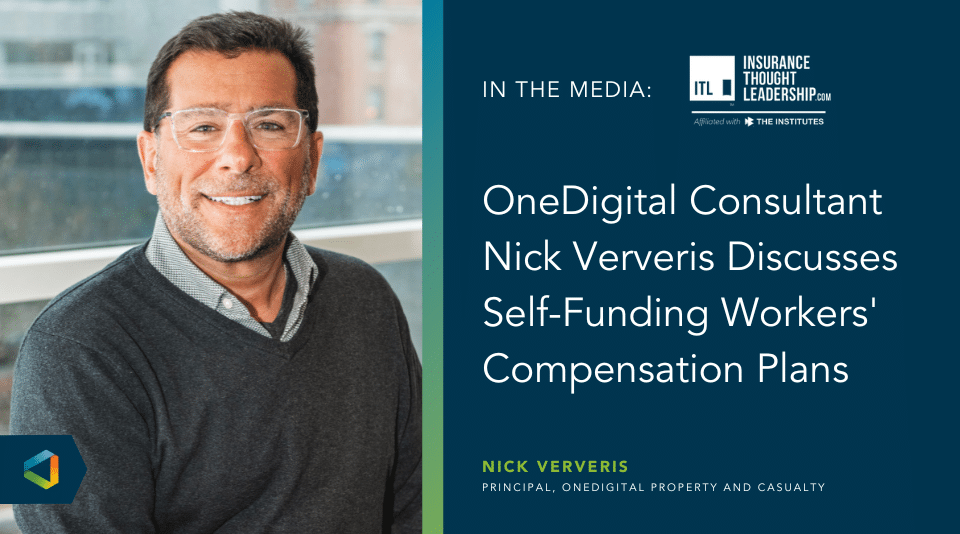Managing health care costs is one of the most difficult challenges facing employers and employees. One of the reasons premiums are on a steep incline is due to the waste in the healthcare system. Speaking of, did you know there are billions of dollars wasted in the US healthcare system each year? Did you catch that? Those are WASTED dollars, not just the dollars spent! If you want to know more, check out this interesting pie chart from The Atlantic that summarizes where the dollars are wasted.
The reasons behind increasing healthcare costs:
While unnecessary services, excess administrative expenses, fraud, and an inefficient care delivery model certainly contribute to higher premiums there are many other drivers to increasing cost, such as lack of transparency. Think about it, when was the last time you purchased something without knowing the cost? This happens all the time in healthcare. For example, the charge for an MRI may swing 60% between a free-standing facility and a hospital. Many times, if a doctor is affiliated with a certain hospital system, he or she will simply direct people to the parent hospital for an MRI, and that makes sense, it’s not the doctor’s job to send patients to low cost facilities.
Waste, lack of transparency, poor consumer engagement, and chronic medical conditions all contribute too increased healthcare expenses, but there is hope. As consumers have grown frustrated with increasing costs providers and insurance companies have been working hard to create new solutions designed to reduce spending. One of the biggest buzzwords in healthcare today is ACO’s - Accountable Care Organizations.
ACO’s in a nutshell:
ACO’s take many different forms, but the Centers for Medicare and Medicaid Services (CMS) define ACO’s well: The goal of coordinated care is to ensure that patients, especially the chronically ill, get the right care at the right time, while avoiding unnecessary duplication of services and preventing medical errors. As legend goes, if you’ve seen one ACO you’ve seen one ACO. While ACO models may vary, there are a number of consistent themes. At their core, ACO’s are designed to:
- Efficiently coordinate patient care through the use of electronic medical records
- Eliminate medical waste
- Educate patients
- Reward doctors and hospitals for healthy patients
Doctors, insurance companies and patients:
Simply stated: ACO’s are a "care coordination package."
- Providers are looking for payer partners (i.e. insurance companies) who can offer more data and drive patient behavior and provide financial rewards and incentives for healthier patients.
- Payers (i.e. insurance companies) are looking for a collaborative payer partners (i.e. doctors and hospitals) who are willing to be held accountable for patient outcomes.
- Consumers (i.e. patients) are looking for a positive consumer experience (i.e. high-quality care, healthier outcomes, and appropriate pricing).
What does this mean for employer sponsored health plans?
Employer sponsored health plans that are medically underwritten (more specifically, self-funded or considering a self-funded model) may want to seriously consider an ACO strategy not only because of the efficiencies designed to manage claim cost but also because ACO’s engage patients and promote wellness. Many employers like the idea of promoting a corporate wellness program but end up feeling overwhelmed and frustrated because the program was difficult to track and it didn’t have the desired results. In a well-designed ACO model, MD’s and RN’s proactively educate patients in a way that has an immediate impact on claims. For example: a pharmacy benefit manager may notice a patient taking two prescriptions from two different doctors that have an adverse effect on one another. A well run, high touch PBM proactively communicates with the pharmacist, the patient, and the physician to enhance the quality of patient care and improve prescriber knowledge of formulary coverage and managed care issues. Additionally, doctors are encouraged to ensure patients are getting the appropriate preventive tests.
Who should consider an ACO strategy?
The fully insured market has some hybrid-ACO models, but the greatest benefit and control is available to those employers who are self-funded. Additionally, if you’re an employer who embraces wellness, values employee education, understands the benefits of metrics and data, desires to maintain a rich plan design for employees, and is open to innovative ideas on how to manage the bottom line, then an ACO may be a good fit for your corporation.




